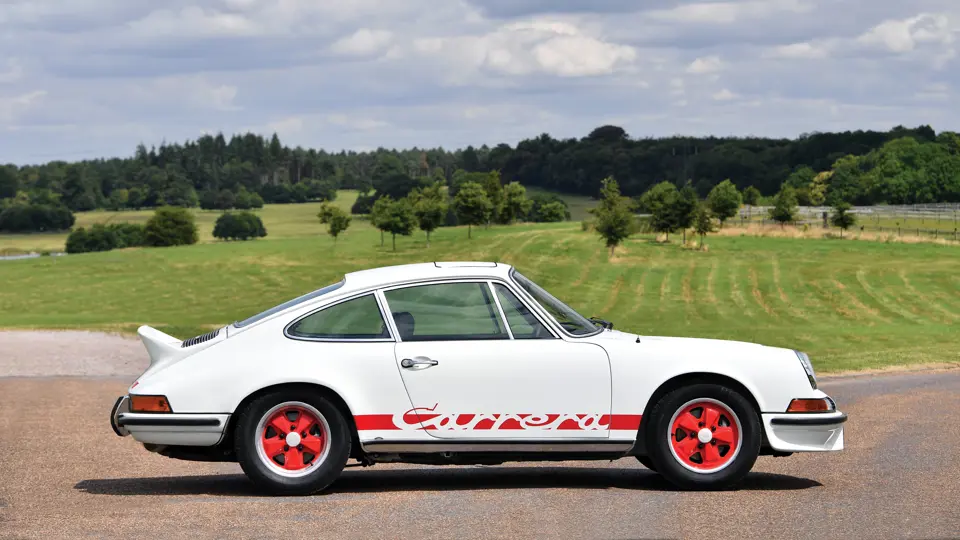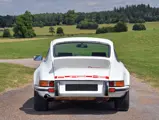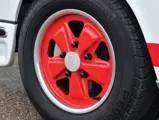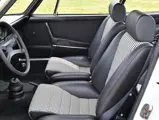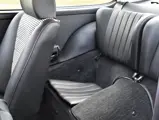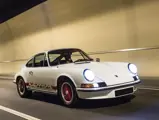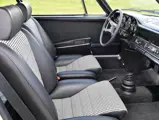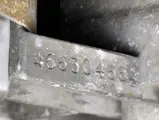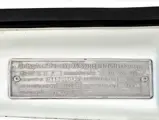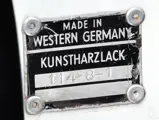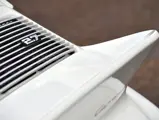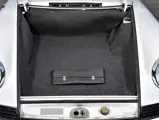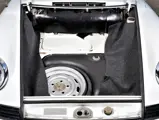
1973 Porsche 911 Carrera RS 2.7 Touring
{{lr.item.text}}
£459,200 GBP | Sold
{{bidding.lot.reserveStatusFormatted}}
- An ultra-desirable, first-series Carrera RS
- Original numbers-matching engine
- Highly optioned with a limited-slip differential, electric sunroof, sport seats, and a Blaupunkt Frankfurt radio
- Recent service by Canford Classics
210 bhp, 2,687 cc SOHC air-cooled horizontally opposed six-cylinder engine with Bosch mechanical fuel injection, five-speed manual transmission, independent front suspension with MacPherson struts, torsion bars, and an anti-roll bar; independent rear suspension with transverse torsion bars, tubular shock absorbers, and an anti-roll bar; and four-wheel disc brakes. Wheelbase: 2,270 mm
Porsche’s 1973 Carrera RS has become one of the most sought-after sports cars to emerge from the fabled German automaker. Having retired its hugely successful and Le Mans-winning Type 917 Prototype program of the late 1960s and early 1970s, Porsche needed another racing venue to further bolster its competition image. When the FIA created a new series for production-based sports cars, Porsche pounced on the opportunity. Not only would a successful racing program continue Porsche’s presence in competition, but it would also hopefully boost sales of its normal production cars as well.
The goal was to prepare an all-out campaign in the new European Grand Touring Championship Group 5 with a 911-based model called the RSR. To meet the FIA’s production requirements, Porsche would have to construct at least 500 examples of a Group 4-legal model with a 2.7-litre engine that could be enlarged to the Group 5 maximum of 3.0 litres.
Using the 911 S coupé as a starting point, the Competition department created two different versions of the Carrera RS. The Sport model, also known as the Lightweight (option M471), was intended for competition use and would be largely stripped of its interior. The Touring version (M472) offered some of the Lightweight’s features but was much more civilized and trimmed for comfortable road use. Many were also equipped from the factory with 911 S accoutrements, including sunroofs, full carpeting, and an entertainment system; some also featured air conditioning.
The basis of the car was the 190-horsepower, 2.4-litre engine, but it was enlarged to 2.7 litres through the utilization of new 90-millimeter cylinders, and its bores had been coated with a new low-friction material called Nikasil, which has since become commonly used in high-performance cars. The engine was equipped with the reliable Bosch mechanical fuel injection and could develop 210 horsepower at 6,300 rpm. Torque was a strong 188 foot-pounds at 5,100 rpm. The suspension was also upgraded, and the wheel arches were broadened six inches at the front and seven inches at the rear to fit wider lightweight Fuchs wheels. However, the Carrera RS’s most defining feature was its burzel (ducktail) rear spoiler. Finally, its curb weight was reduced to a feather-light 2,370 pounds, which only added to the car’s performance. Needless to say, this was a very quick car. It was capable of sprinting from 0–60 in just 5.5 seconds and reaching a top speed of 150 mph, which are impressive figures, even when compared to modern production cars.
When the prototype was shown to the company’s directors, Porsche’s Sales department declared that the company could never sell 500 examples of this expensive homologation special. However, Competition department head Ernst Fuhrmann thankfully prevailed, and when the Carrera RS made its public debut at the 1972 Paris Auto Show, orders flooded in. Porsche not only sold that first series of 500, but also a second series—and then a third. While most were delivered in Grand Prix White with contrasting “Carrera” graphics, the cars were also offered in Porsche’s eye-catching and popular “Jelly Bean” colours.
By the time production ceased, 1,590 examples had been built: 1,308 road-ready Touring models, 200 Lightweights, 17 RSH prototype and development cars, and 55 RSRs.
This Carrera RS, chassis 0435, was one of only 12 cars delivered new to Portugal, and of those 12, the only one finished in Signal Yellow (code 5252). In January 1973, it left the factory and was clearly bought by an enthusiast, as can be seen by the great list of options chosen, including a limited-slip differential, head restraints, sport seats, a Blaupunkt Frankfurt radio, power antenna, and an electric sliding sunroof. Significantly, chassis number 0435 is an early production (first 500 cars built) homologation Carrera RS, which was manufactured from a lighter gauge sheet metal (0.8 millimetres) than the later-production series cars that were built using 0.88-millimetre thickness steel.
Although little is known of the car’s early life, it is believed to have had three owners in Portugal prior to Mr. Francisco Cruz Martins of Cascais, a well-respected and active racing driver, who owned the car in the late 2000s. Being an active driver in Portugal, Mr. Martins campaigned the car on several historic rallies throughout his ownership with the registration plate CA 74 86 and is believed to have never suffered an accident.
In 2011, the car was purchased by a resident in Southern France, where it was seldom used before passing to a respected UK-based collector in 2014. Later, the car was then sent to Autofarm for an inspection and a list of suggested works was drawn up. Unfortunately, the UK-based collector was not in a position to complete these works and sold the car. Under its new ownership, the car was delivered to UK Porsche 911 specialists Canford Classics, where it was thoroughly inspected and all suggested works, totalling £37,000, were completed. A copy of the detailed invoice is within the car’s history file. Works included a new flywheel and clutch, replacement of all suspension bushes and bearings, and a completely new interior.
As the 911 has endured through to present-day production, it is clear that there will always be a special place in Porsche history for this first competition-based homologation model. The Carrera RS, undoubtedly the most desirable model of air-cooled 911s, is nothing short of legendary.


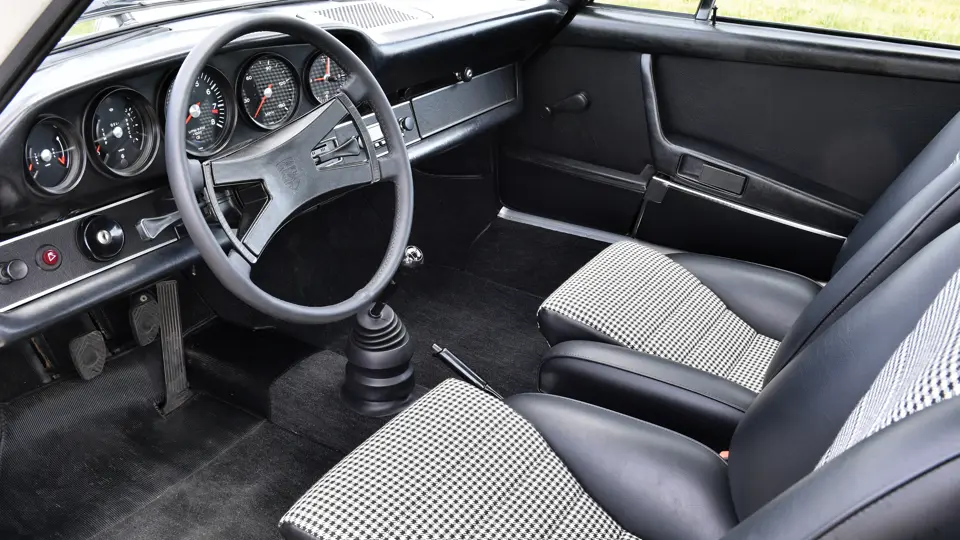

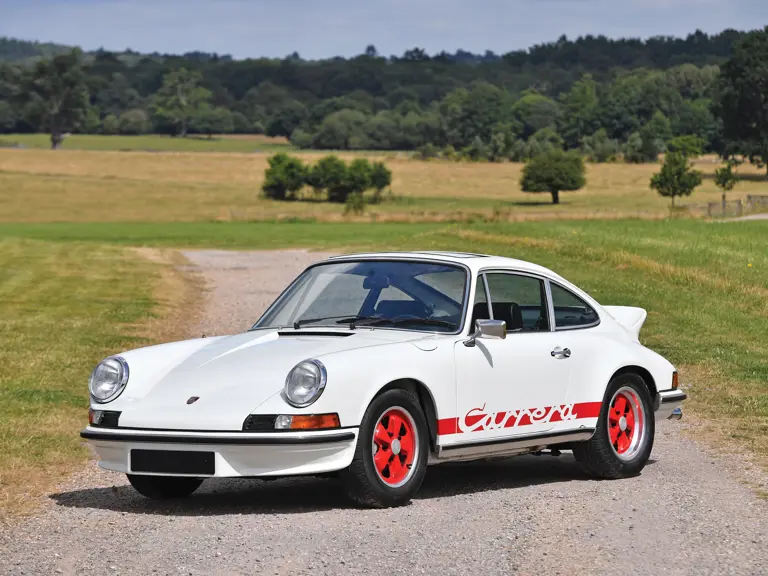

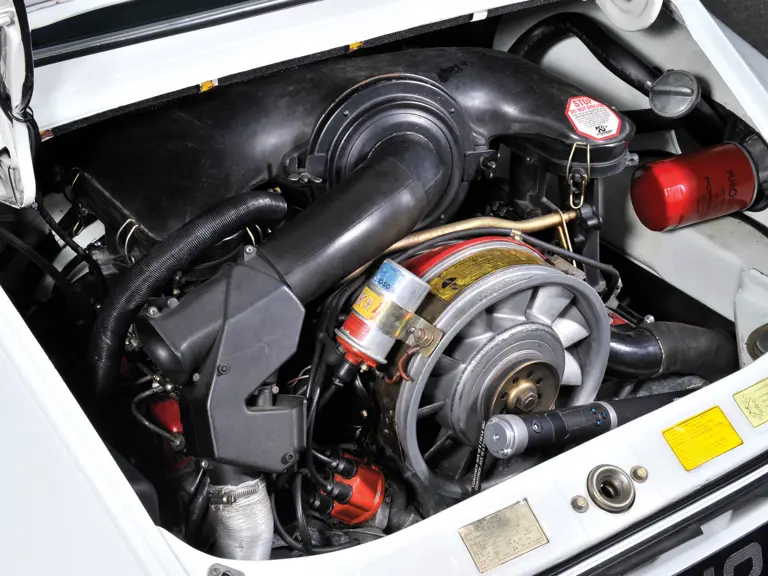
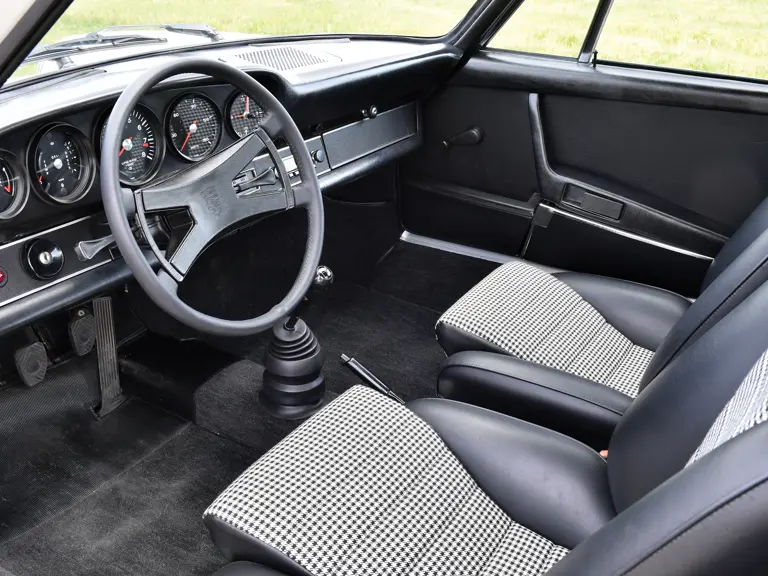
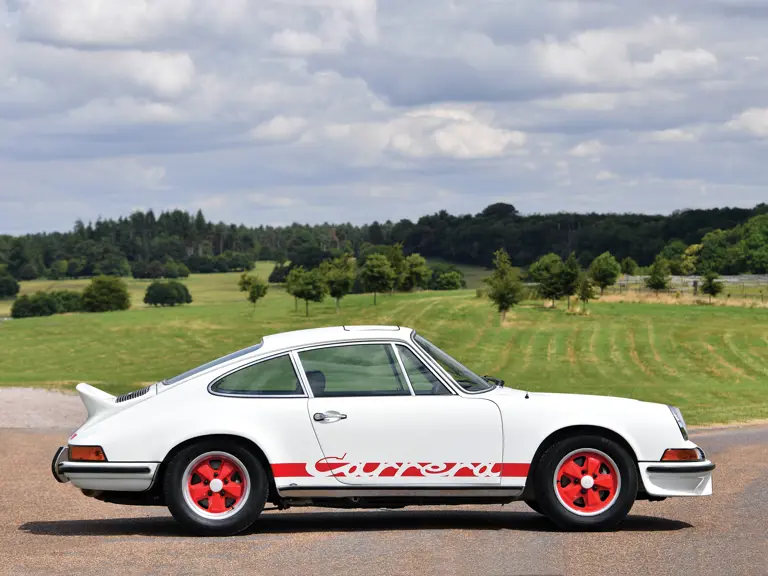
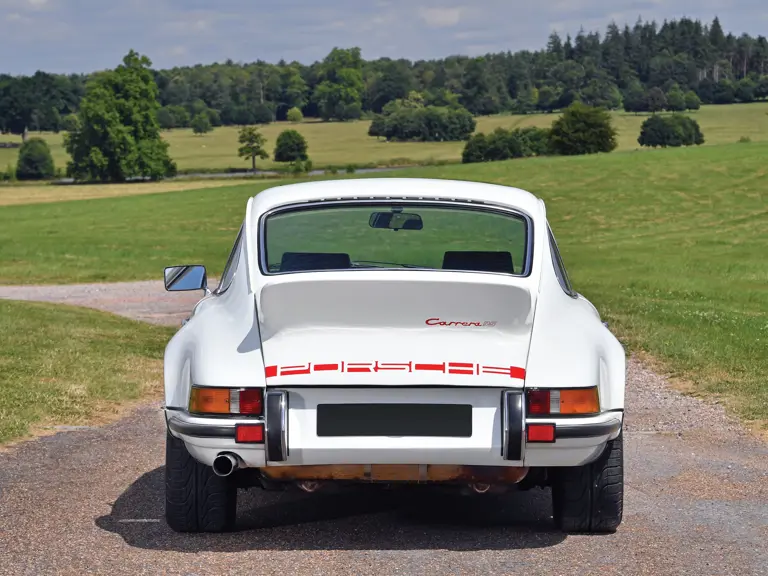
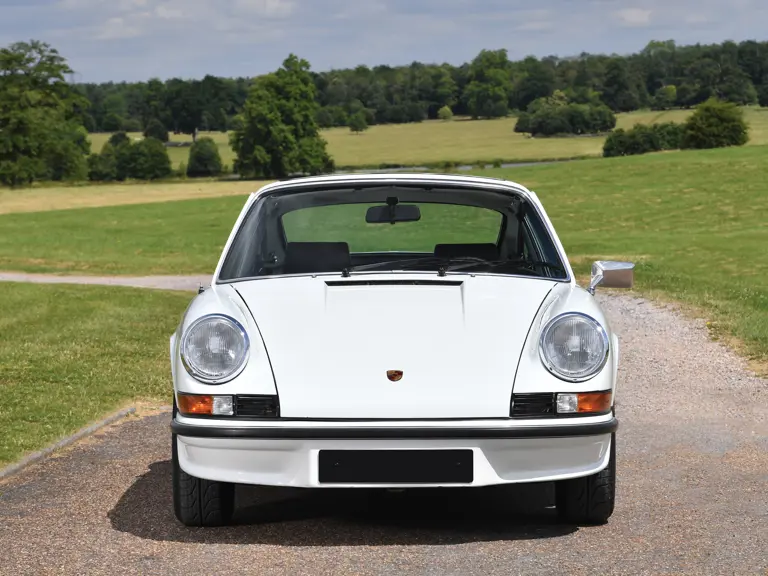
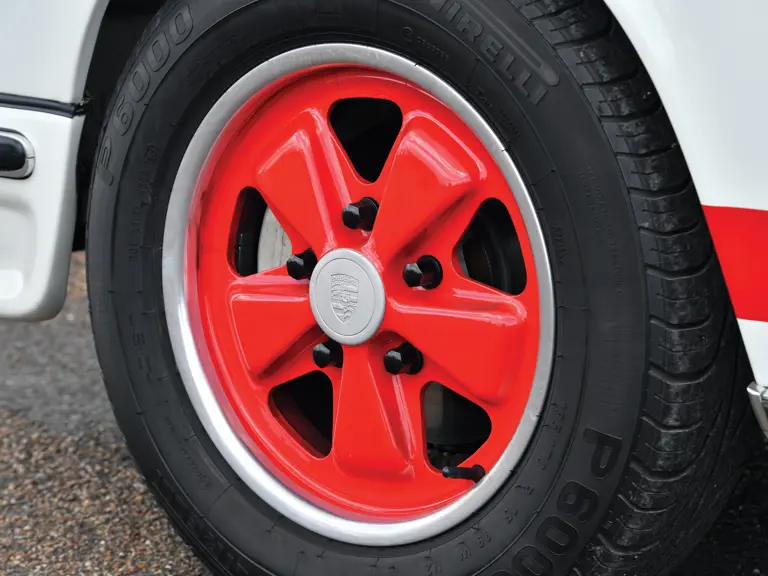
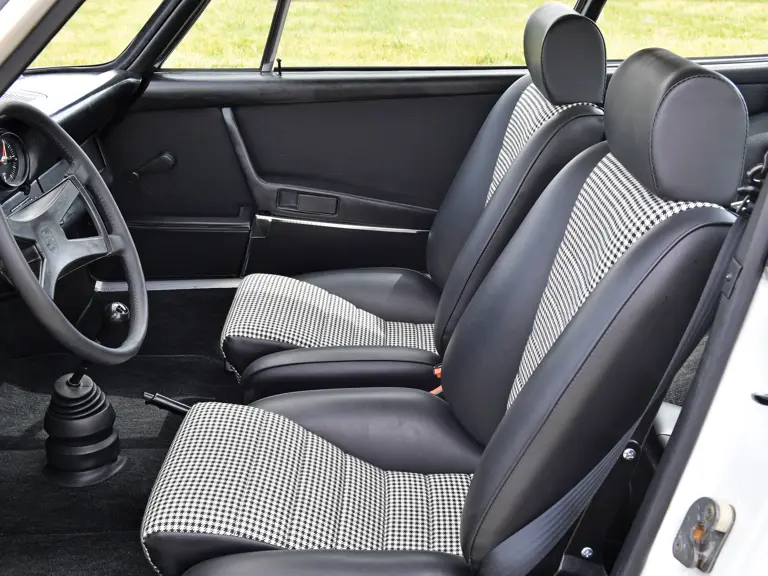
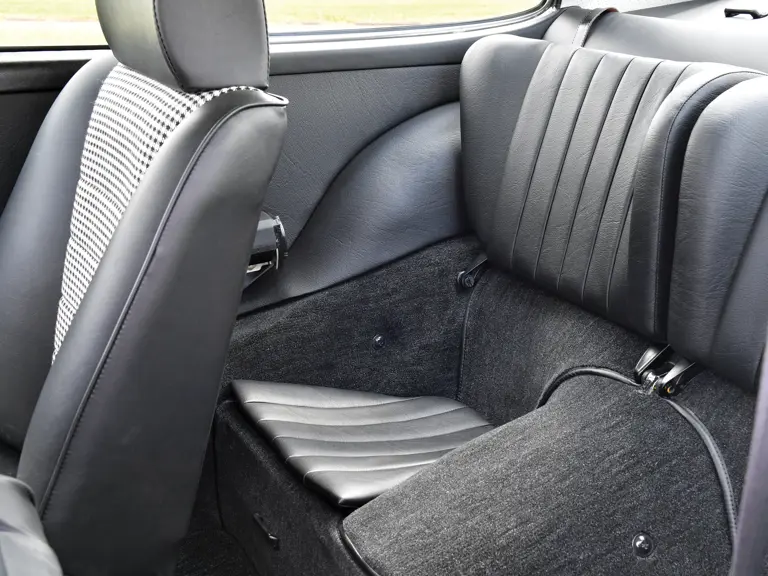
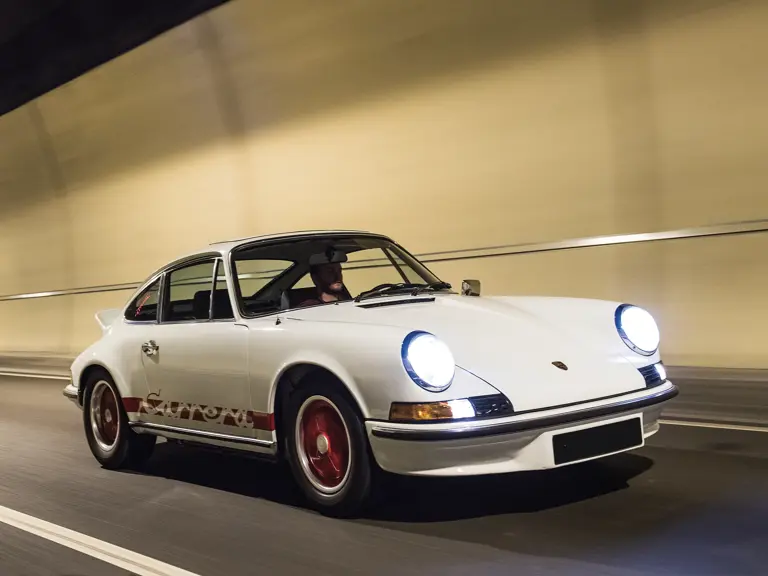
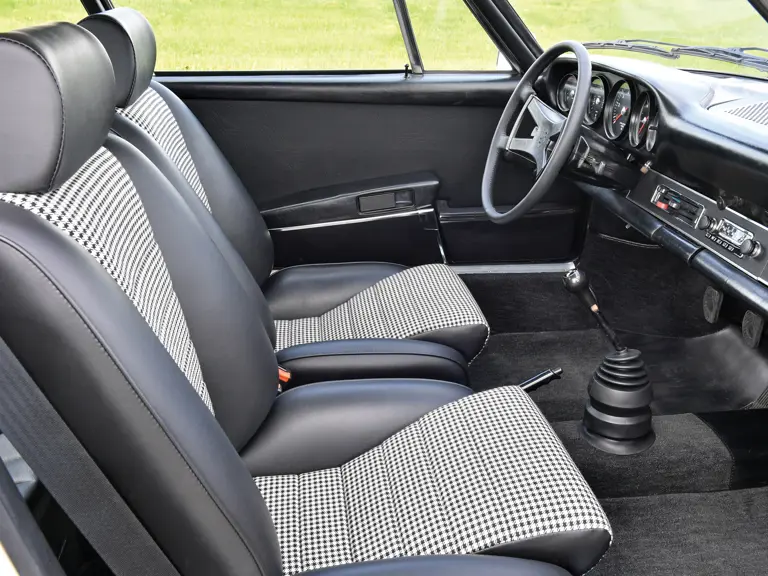
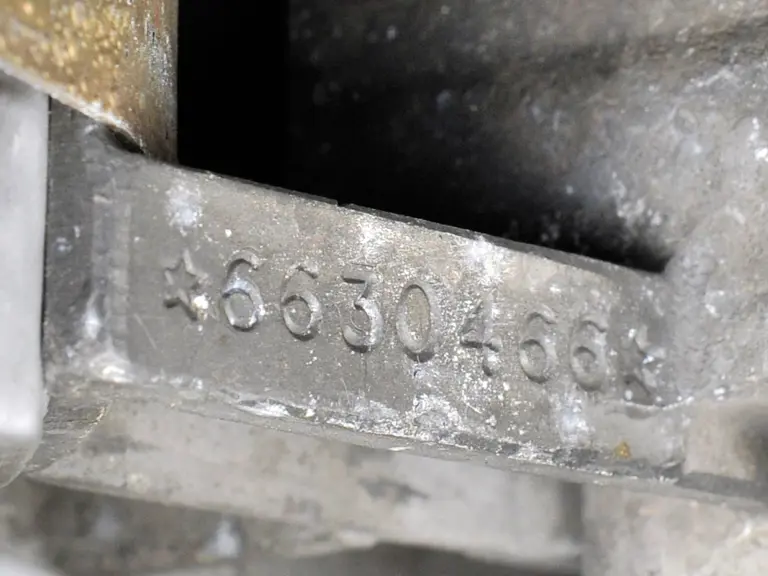
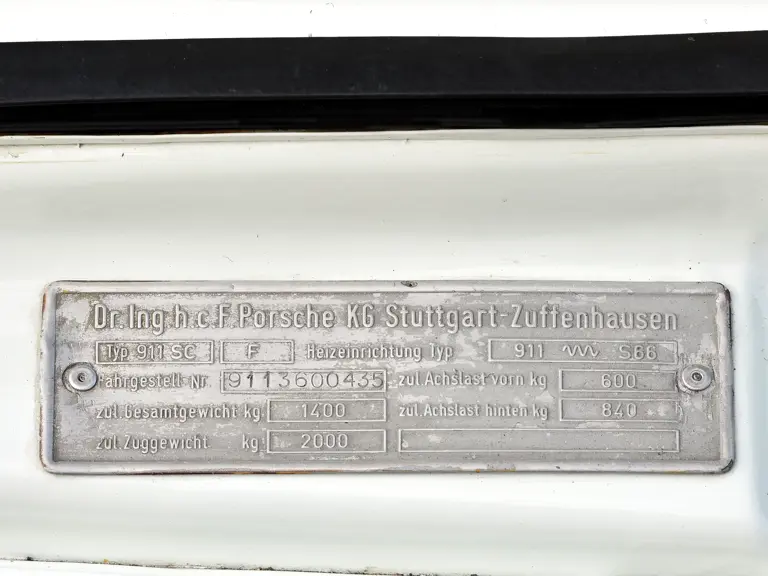
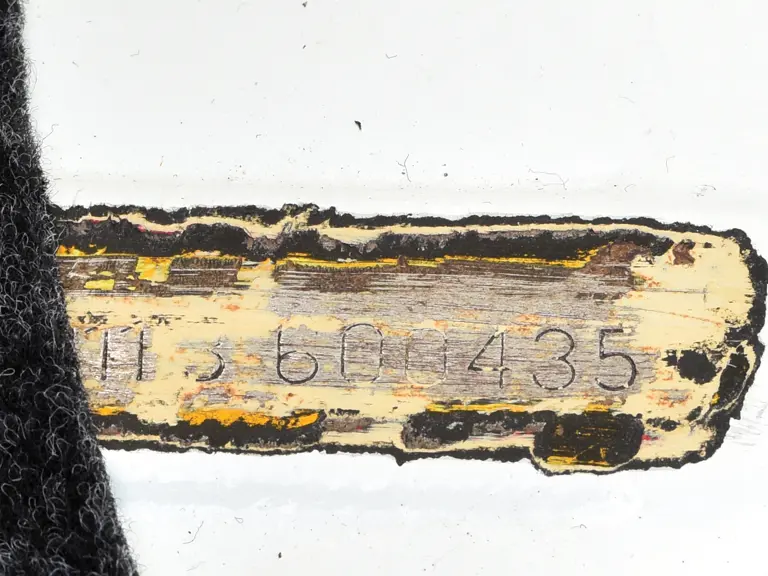
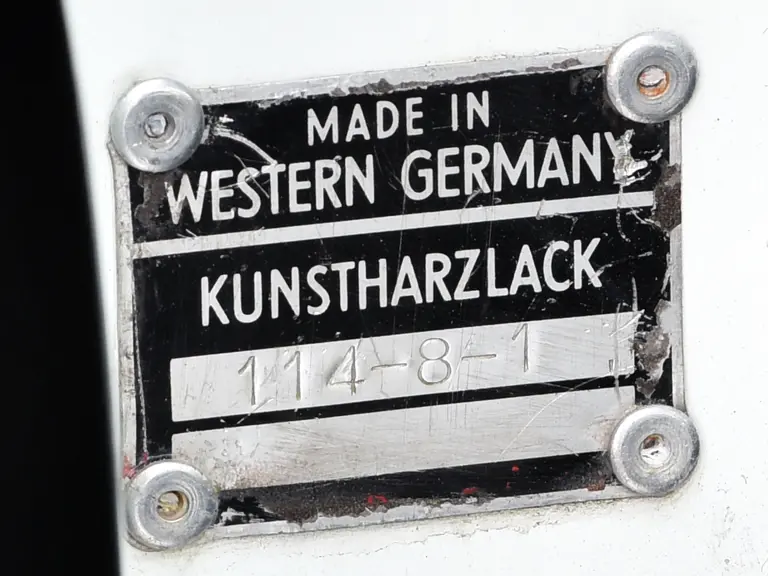
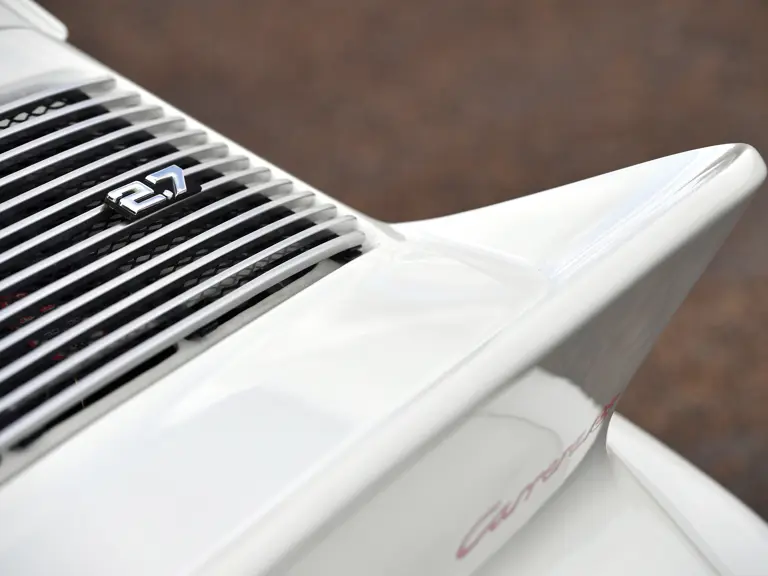
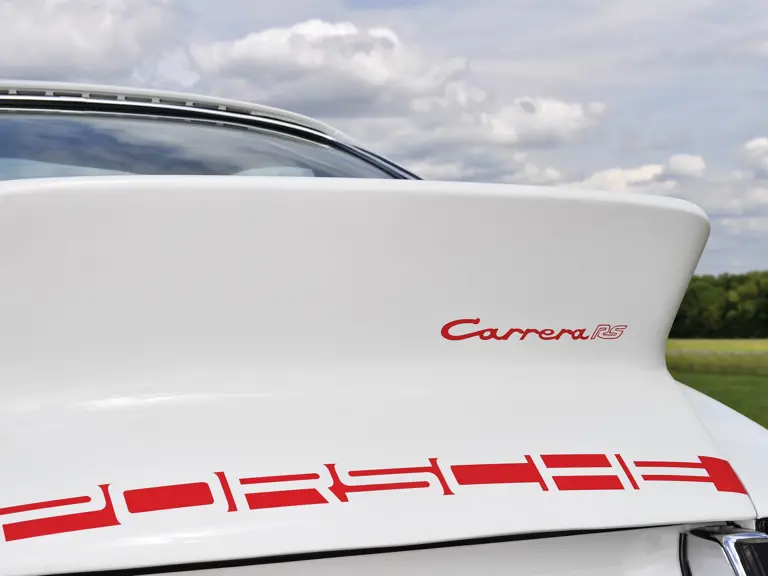
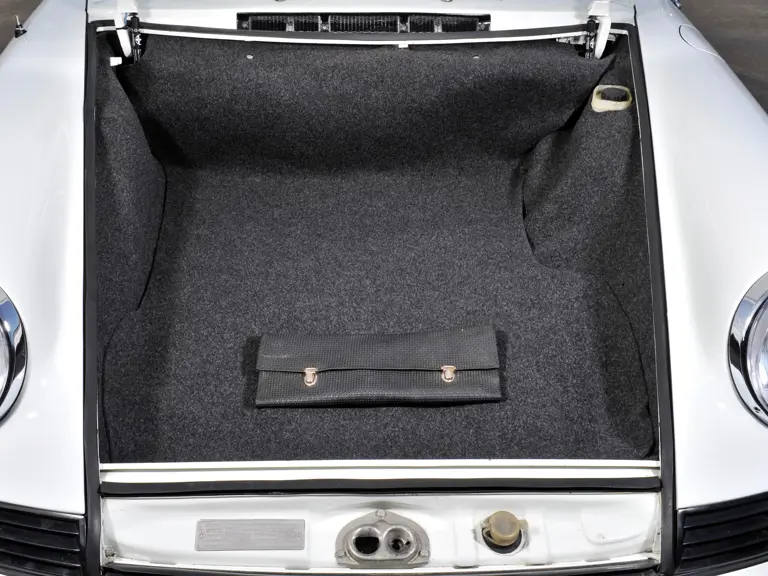

 | London, United Kingdom
| London, United Kingdom
